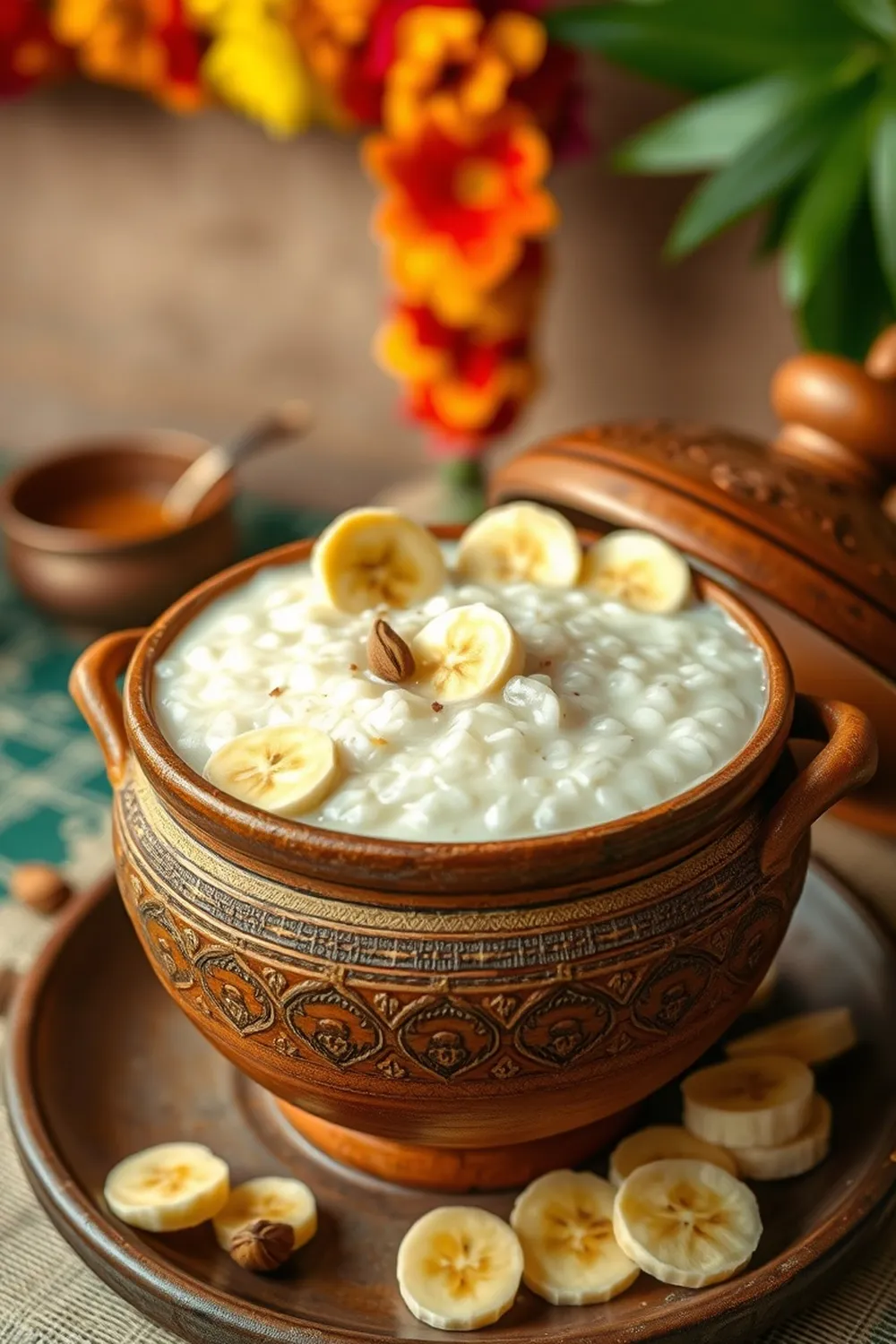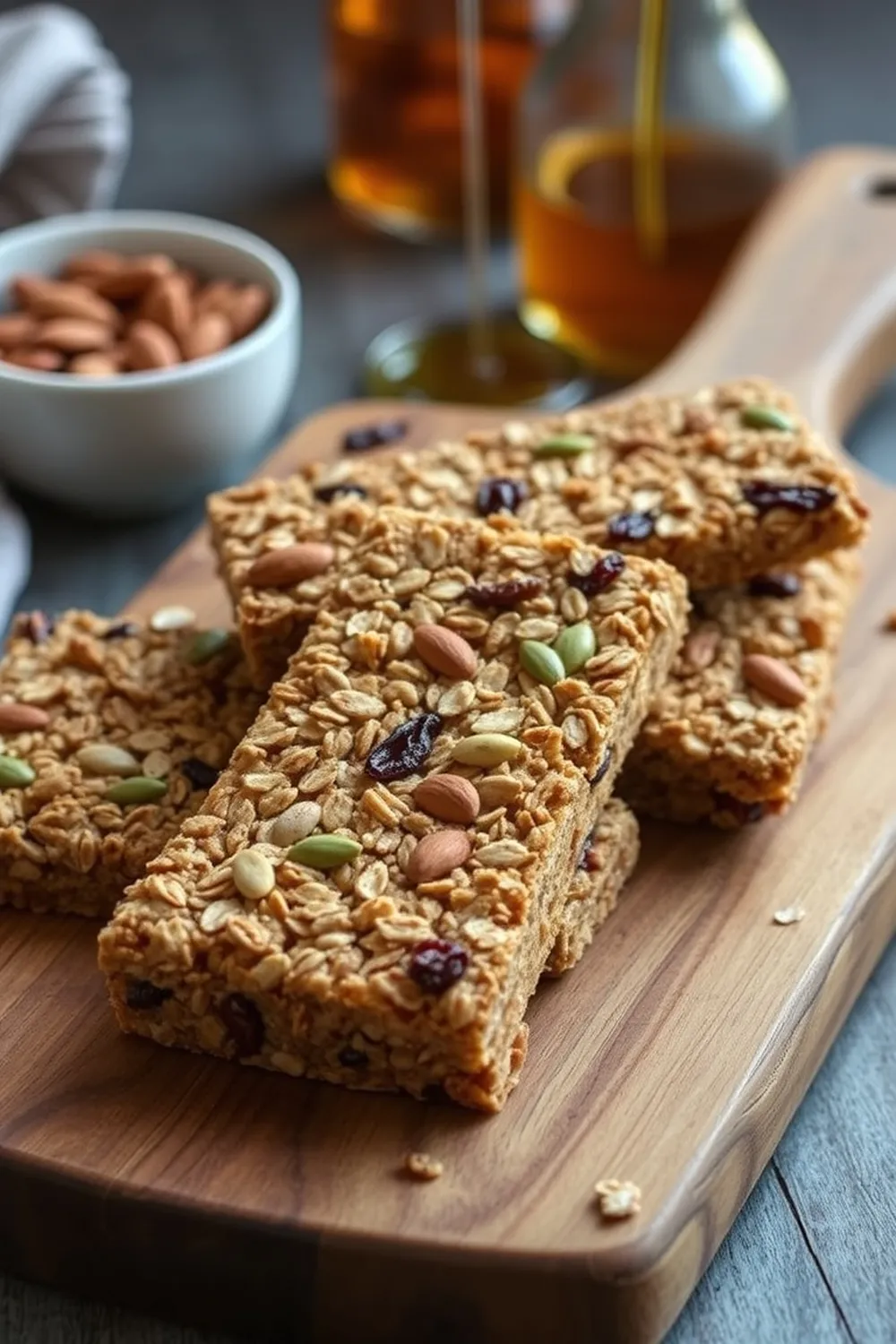- Dry roast peanuts in a pan until golden brown, then remove skins by rubbing between your hands.
- Heat jaggery and water in a pan on medium heat, stirring until the jaggery is melted.
- Cook the jaggery syrup until it reaches the hard-ball stage (250-265°F or forms a brittle ball in cold water).
- Add ghee to the syrup, then mix in the roasted peanuts until evenly coated.
- Quickly spread the mixture onto a greased surface and roll into a thin layer using a greased rolling pin.
- Cut into squares or rectangles while still warm, then let cool completely to harden.
- Store in an airtight container for up to 1 month.
- Calories:150 kcal25%
- Energy:627 kJ22%
- Protein:4 g28%
- Carbohydrates:18 mg40%
- Sugar:14 mg8%
- Salt:2 g25%
- Fat:8 g20%
Last Updated on 2 months by Neha Deshmukh
Peanut Jaggery Chikki Recipe – Easy Indian Brittle Candy
Hey everyone! If you’re looking for a sweet treat that’s both satisfyingly crunchy and wonderfully nostalgic, you’ve come to the right place. This Peanut Jaggery Chikki recipe is a classic Indian brittle candy, and honestly, it’s one of those things my grandmother always had on hand. I remember sneaking pieces when I was little – it’s pure happiness in every bite! It’s surprisingly easy to make, and perfect for gifting or just enjoying with a cup of chai.
Why You’ll Love This Recipe
This chikki is more than just a sweet snack. It’s a little piece of Indian culture! It’s quick to whip up, requires minimal ingredients, and delivers a delightful combination of textures and flavors. Plus, it’s naturally gluten-free and can easily be made vegan. What’s not to love?
Ingredients
Here’s what you’ll need to make this delicious Peanut Jaggery Chikki:
- 1 cup peanuts (about 150g)
- 1 cup jaggery (about 200g)
- 1 tablespoon water (about 15ml)
- 1 teaspoon ghee (about 5ml)
Ingredient Notes
Let’s talk ingredients – a few little things can make all the difference!
Jaggery: Types and Regional Variations
Jaggery is unrefined sugar, and it comes in different forms. You can find it as a dark, solid block, or as a powdered version. I prefer using the block jaggery for this recipe, as it gives a richer flavor. Different regions in India have their own types of jaggery – some are lighter in color, others are darker. Don’t worry too much about the exact type, just make sure it’s good quality!
Peanuts: Choosing the Best Quality
Use raw, skin-on peanuts for the best flavor and texture. Avoid pre-roasted or salted peanuts. You want that fresh, nutty taste to really shine through.
Ghee: Clarified Butter and its Role
Ghee adds a lovely richness and aroma to the chikki. It also helps prevent the jaggery from sticking to everything! If you don’t have ghee, you can use butter, but ghee really elevates the flavor.
Water: Importance of Precise Measurement
The amount of water is crucial for getting the right consistency. Too much, and the chikki will be soft. Too little, and it might burn. So, measure carefully!
Step-By-Step Instructions
Alright, let’s get cooking!
- First, dry roast the peanuts in a pan over medium heat. Keep stirring so they don’t burn! You’ll know they’re ready when they turn golden brown and fragrant. This usually takes about 5-7 minutes.
- Remove the peanuts from the pan and let them cool slightly. Once cool enough to handle, rub them between your hands to remove as much of the skin as possible. Don’t worry if you don’t get all of it off – a little skin is fine.
- Now, in the same pan, add the jaggery and water. Heat over medium heat, stirring constantly until the jaggery melts completely.
- Continue cooking the jaggery syrup, stirring occasionally, until it reaches the hard-ball stage. This is super important, so I’ll give you more details in the “Expert Tips” section below.
- Once the syrup reaches the hard-ball stage, remove the pan from the heat and immediately add the ghee. Stir well to combine.
- Add the roasted peanuts to the jaggery mixture and quickly mix everything together until the peanuts are evenly coated. Work fast – the mixture will start to set quickly!
- Grease a flat surface (a baking sheet or marble slab works great) with a little ghee. Pour the peanut mixture onto the greased surface and quickly spread it into a thin, even layer using a greased rolling pin.
- While the chikki is still warm (but not scorching hot!), cut it into squares or rectangles using a sharp knife.
- Let the chikki cool completely and harden before breaking it into pieces.
- Store in an airtight container and enjoy!
Expert Tips
Here are a few things I’ve learned over the years to make the perfect chikki:
Achieving the Perfect Hard Ball Stage
This is the trickiest part! The hard-ball stage is when the jaggery syrup forms a hard, brittle ball when dropped into cold water. You can use a candy thermometer (270°F or 132°C) or the cold water test. Drop a tiny bit of the syrup into a glass of cold water – if it forms a hard ball that you can pick up, it’s ready!
Preventing Crystallization of Jaggery
Sometimes jaggery can crystallize, making the chikki grainy. To prevent this, avoid stirring the syrup too much once it starts boiling. You can also add a tiny splash of lemon juice to the syrup.
Rolling the Chikki Evenly
Working quickly is key! The mixture sets fast. If it’s too sticky, grease your rolling pin and the surface really well.
Variations
Want to switch things up? Here are a few ideas:
Vegan Chikki (Using Plant-Based Ghee)
Simply substitute the ghee with a plant-based alternative like coconut oil or vegan butter.
Gluten-Free Chikki
This recipe is naturally gluten-free! Just double-check that your ingredients are certified gluten-free if you have a severe allergy.
Spice Level Variation (Adding a Pinch of Chili Powder)
My friend loves adding a tiny pinch of chili powder to her chikki for a little kick! It’s surprisingly good.
Festival Adaptations (Lohri & Makar Sankranti)
Chikki is a traditional treat for Lohri and Makar Sankranti. You can make larger pieces and tie them up in colorful ribbons for gifting.
Serving Suggestions
Chikki is perfect as a standalone snack, or you can enjoy it with a cup of hot chai. It’s also a great addition to a festive platter.
Storage Instructions
Store the chikki in an airtight container at room temperature for up to a month. It tends to get sticky if exposed to moisture, so make sure the container is sealed tightly.
FAQs
Let’s answer some common questions:
What is the best way to store Peanut Jaggery Chikki?
In an airtight container at room temperature. Keep it away from moisture!
Can I use sugar instead of jaggery in this recipe?
You can, but the flavor will be different. Jaggery has a unique, molasses-like flavor that sugar doesn’t have.
How do I know when the jaggery syrup has reached the hard ball stage?
Use a candy thermometer (270°F/132°C) or the cold water test.
My chikki turned out too soft, what went wrong?
The syrup probably didn’t reach the hard-ball stage. You need to cook it for a bit longer.
Can I add other nuts or seeds to this chikki recipe?
Absolutely! Cashews, almonds, sesame seeds, and even pistachios would be delicious additions.
Enjoy making this classic Indian treat! I hope it brings you as much joy as it brings me. Let me know how it turns out in the comments below!










